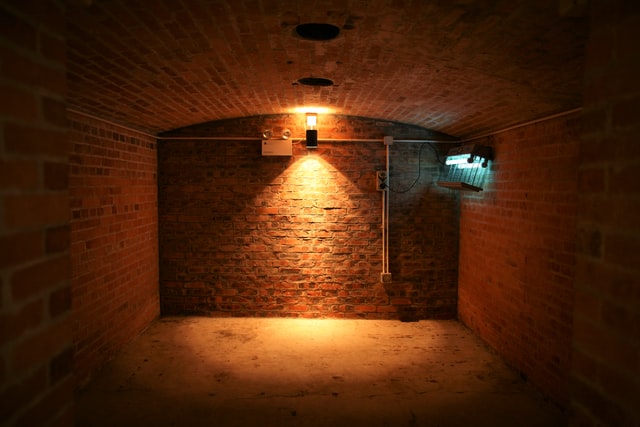
A damp basement feels and smells awful, and more importantly, it can pose a big risk for the value of your property. When left unimpeded, water seepage in your basement will destroy floors, walls and fashion a conducive environment for mold growth or even damage your home’s roofing. Some water seepage issues are simple to resolve with solutions like clearing gutters and channeling water away from your property’s foundation. However, if this issue is caused by other factors including seepage from subterranean water or backing up water of a municipal storm drain, you will need to take more proactive measures.
Here are a number of ways to stop water seepage in your basement floor:
Plug gaps
When you notice water entering your basement via cracks or gaps surrounding plumbing piping, you may plug such openings with the aid of either hydraulic cement or polyurethane caulk. Plugs will always be effective if the problem is simply holes that allow water to ooze through from surface runoff or even damp soil. Nevertheless, when such water is seeping through the floor or where the floors meets the walls, the issue is definitely groundwater and plugs will not be efficacious.
Restore the crown
Should your house’s gutters be functioning correctly and you have dealt with all visible apertures, but moisture continues to seep into your basement from high on your foundation’s walls, then surface water is not been relayed away from your home. Generally speaking, your house is specifically constructed to sit on top of a “crown” of soil, which ought to slope no less than 6” over the first ten feet in all directions. With the passage of time, the soil surrounding your foundation will start to experience settlement. This isn’t a serious challenge and you may build the crown back with the help of a spade and dirt. One cubic yard of a water shedding clay-loam mix can be sufficient for a two-foot-wide, 3” deep layer along 57 feet on the foundation.
Reshape your landscaping
As your house’s siding overlaps the foundation slightly, reconstructing the crown may give rise to problems such as rot and pest infestation. In such circumstances, a mound of dirt (berm) or a wide, shallow ditch (swale) can redirect water before it actually flows close to your home. Also, once your landscape grows, berms and swales will prove to be eye-catchy features of your yard.
Repair footing drains
Should water be seeping into your basement low on the walls or perhaps at the seams between the walls and the floor, the issue is hydrostatic pressure pressing moisture up the ground. In the first place, determine if your house possesses footing drains that are subterranean pipes designed to relay water from the foundation. Should their drains be clogged, open the cleanout and flush these pipes with a garden hose.
Install a curtain drain
Should your home be devoid of functioning footing drains, you might install a curtain drain to divert water flowing beneath the ground towards your home. A curtain drain is a sort of French drain filled with gravel and perforated pipes, which can catch water as it flows downhill and relay it down the slope, a distance away.
Waterproof your basement walls
Installing a negative-side drainage system will remove water from your basement floor, but it won’t waterproof the walls. In such situations, a French drain will ease hydrostatic pressure and exterior waterproofing will protect the foundation from those directions.



